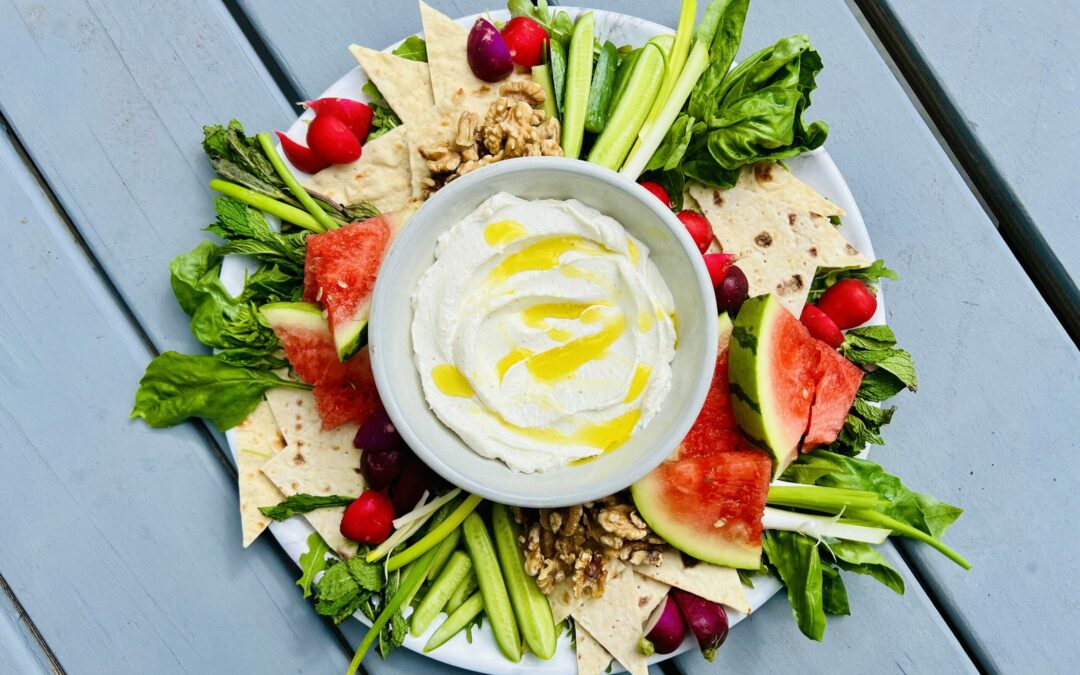We’ve been discussing how to behave yourself when you’re visiting a foreign land; what are the specific expectations of etiquette when traveling, and what does your body language say about you in various countries?
In Part 3 of our series on travel etiquette, we look at table manners around the world – should I slurp this food? Should I use my right hand, my left hand, or the chopsticks? And can I get a drink?
Consider these your Ten Commandments for eating a meal in public without souring that business deal or starting a riot:
- Use the chopsticks. It’s polite to at least try, and if you’re simply not coordinated enough to make them work, ask your hosts for assistance – they’ll be flattered. Also, when in Japan, don’t stick your chopsticks upright in the rice – during funerals in Japan, the rice bowl of the deceased is placed before their coffin with their chopsticks upright in the rice. That’s bad karma, dude.
- Slurp your noodles. When in China and Japan, it’s perfectly acceptable to loudly slurp your noodles; it’s considered a sign of appreciation.
- Leave a little. In China, leave some food on your plate – it’s rude to clean your plate, like you’re telling your host that he or she did not provide you enough.
- In Muslim countries, eat with your right hand. Your left hand is considered dirty. If you happen to be left-handed, go ahead and use your left, but keep your right hand away from the action.
- No, you can’t have a drink. This is for Muslim countries. The rules have relaxed somewhat in recent years, but Muslims do not drink alcohol. It could be seen as rude if you ask for alcohol from your Muslim host.
- Don’t “flip the fish” in Poland or China. Both countries have an old superstition that flipping over a piece of fish on your plate will cause the boat of the fisherman who caught it to capsize. Bad luck.
- In Thailand, don’t put food in your mouth with a fork. Only use your fork to push food onto your spoon. Some dishes are fine to eat with your hands. And, despite Commandment No. 1, do not use chopsticks in Thailand – it’s considered uncouth.
- Eating Continental style. In Europe, Continental style calls for handling your fork with your left hand (with the tines facing down!) and your knife in your right. Don’t rest your elbows on the table, but don’t allow your hands to rest under the table, out of sight.
- Watch those condiments. Don’t use salt in Egypt; don’t ask for ketchup in France. Doing so is considered an insult, because it is interpreted as you saying that the food doesn’t have enough flavor.
- Burping. In some countries, this is considered a sign of appreciation at the end of a meal. For instance, it’s acceptable in China, and with the Inuit people in Canada. But be careful – despite the popular belief, it is not acceptable in Japan.
Think you know your stuff? Try this quiz. Or, for more country-specific etiquette tips, visit the website Travel Etiquette.


